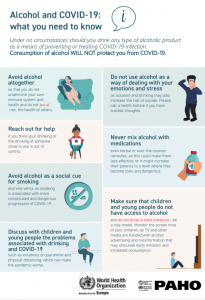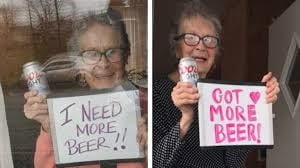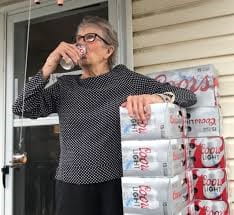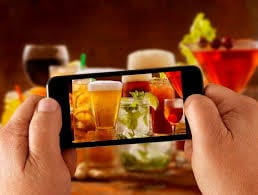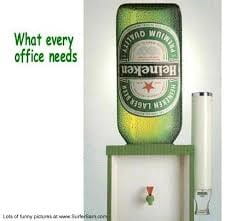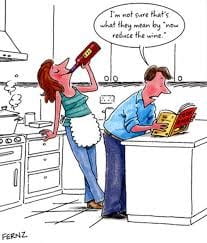Each year alcohol claims the lives of 3.3million people worldwide as 1 in 4 deaths occur among people under 50yrs. It causes over 200 types of diseases and affects the families and economies of nations. In developing nations, the numbers are not different irrespective of the paucity in data but a lot of male deaths is linked to excessive alcohol intake.

Source: National Institute on Alcohol Abuse and Alcoholism, National Institutes of Health, Bethesda, MD. For more information, visit https://www.niaaa.nih.gov.
One wonders what the statistics may be in relation to COVID-19 Pandemic? What are the statistics on females as well!!!
It is worth the mention that binge drinking not only increases the risk of unintended pregnancies among women, their babies are at risk of health issues like sudden infant death syndrome and fetal alcohol spectrum disorders. Additionally, binge drinking increases the risk of breast cancer, heart disease, and sexually transmitted diseases, among other health and social problems.
Presently, COVID-19 has directly claimed tens of thousands of U.S. lives, but conditions stemming from the novel coronavirus includes rampant unemployment, isolation, mental health sequelae and an uncertain future. The uncertain future has been projected that it could lead to 75,000 deaths attributable to drug or alcohol abuse and suicide, new research suggests. The deaths from these causes have been described as “deaths of despair.” And with the number of deaths in the U.S. exceeding more than 100,000, the COVID-19 pandemic and its sequelae may be accelerating conditions that lead to such deaths.
Though abstinence is the key to curb the alcohol menace of the problem. However, it is worth the mention that policy changes have made alcohol available and affordable to the global appeal, even in this contemporary time of the pandemic. Hence, it is a very difficult behavior to curtail in our present environment. All we can do is to continue to educate and re-educate on the dangers associated with it.
References:
- https://www.niaaa.nih.gov/publications/brochures-and-fact-sheets/alcohol-facts-and-statistics
- https://pubs.niaaa.nih.gov/publications/arcr352/155-173.htm
- https://healthcare.utah.edu/the-scope/shows.php?shows=0_p0xim6x3
- https://www.cdc.gov/vitalsigns/bingedrinkingfemale/index.html
- https://www.cbsnews.com/news/coronavirus-deaths-suicides-drugs-alcohol-pandemic-75000/
- https://pubmed.ncbi.nlm.nih.gov/32221278/

